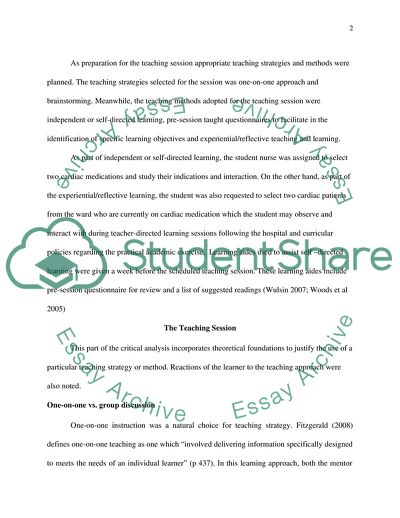Cite this document
(Teaching a Second Year Student Nurse About Cardiac Medications Case Study, n.d.)
Teaching a Second Year Student Nurse About Cardiac Medications Case Study. Retrieved from https://studentshare.org/education/1724421-a-reflective-analysis-of-a-teaching-skill
Teaching a Second Year Student Nurse About Cardiac Medications Case Study. Retrieved from https://studentshare.org/education/1724421-a-reflective-analysis-of-a-teaching-skill
(Teaching a Second Year Student Nurse About Cardiac Medications Case Study)
Teaching a Second Year Student Nurse About Cardiac Medications Case Study. https://studentshare.org/education/1724421-a-reflective-analysis-of-a-teaching-skill.
Teaching a Second Year Student Nurse About Cardiac Medications Case Study. https://studentshare.org/education/1724421-a-reflective-analysis-of-a-teaching-skill.
“Teaching a Second Year Student Nurse About Cardiac Medications Case Study”. https://studentshare.org/education/1724421-a-reflective-analysis-of-a-teaching-skill.


